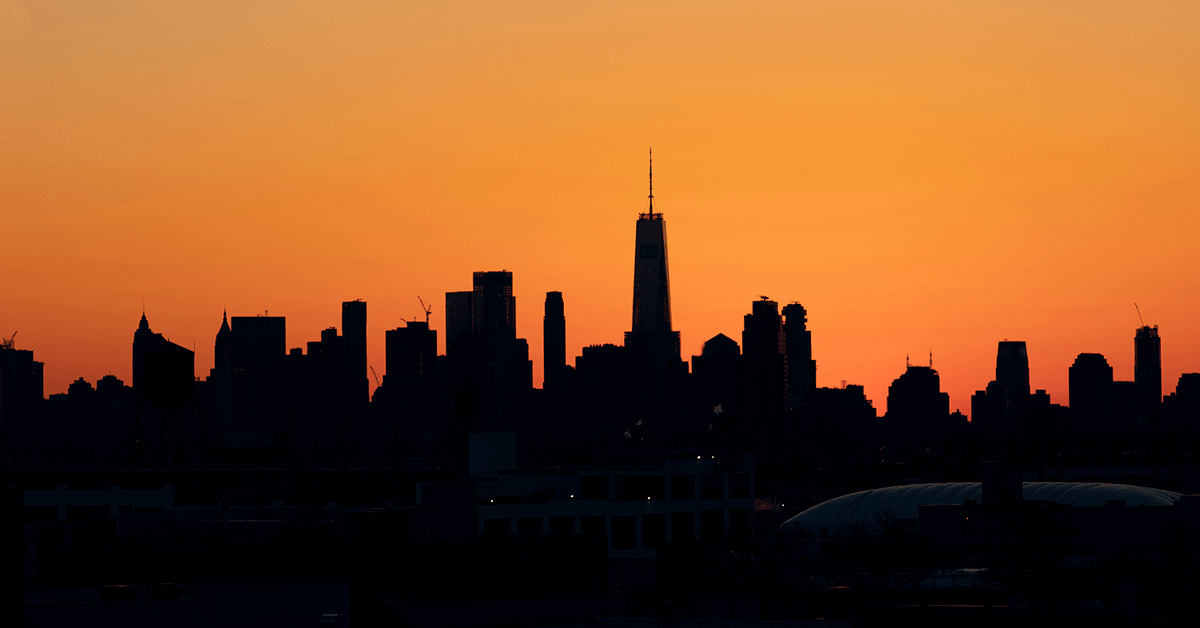
Could COVID-19 bring a housing boon for New York City suburbs?
When COVID-19 broke out in New York City, an exodus took place.
People tried to run away from the virus. Those with second homes, many in seasonal areas, packed the car and headed off. Some may have even taken the coronavirus with them.
Some were even being lured by the attraction of renting a home away from home, until that practice was stopped by many local governments in destination locations.
Whether it was the Poconos in Pennsylvania, Cape Cod in Massachusetts, or even the Hamptons out on Long Island in New York, the rush from the Big Apple to places away from the epicenter of the pandemic in the United States was moving at a fast and furious pace.
Some of these locations were unprepared for the crush of new arrivals, especially before the summer vacation season was set to kick off. Others worried that the New Yorkers in search of an escape were bringing COVID-19 with them and warned travelers to stay away.
But that is not all that was happening.
Surprisingly, in some areas, homes were selling. Especially in the more high-income suburbs of New York City, like West Chester County and Greenwich Connecticut.
According to a story first published by Mansion Global, data for home sales for the first quarter in Greenwich, provided by Berkshire Hathaway New England, showed that sales skyrocketed 36.5 percent compared to the first quarter of 2019.
And while it could be argued that most of those sales occurred before the coronavirus took over society, the same data also showed that the increase was 22.2 percent in the month of March alone. Berkshire Hathaway also declared that their own sales increased 29 percent from March 1 through April 7, when compared to 2019.
It was a surprise for Greenwich specifically, after having the real estate market stagnate after there were changes to mortgage deductions and other tax laws that had residents paying their mortgages with after-tax dollars.
But low mortgage rates, coupled with the desire to escape the virus as quickly as possible, have turned things around for the Southeastern Connecticut city.
Meanwhile, there is also growth in the suburbs in New York state.
According to data provided to Mansion Global by Douglas Elliman, the median sales prices for single family home rose 6.7 percent, and total sales increased by 7.5 percent, compared to 2019 in Westchester, Dutchess and Putnam counties.
“Initially there was a large uptick in [calls about] short-term rentals, then longer-term rentals,” Scott Elwell, the regional vice president of sales for Westchester and New England for Douglas Elliman told Mansion Global. “Now we’re getting calls from families in the city inquiring about purchasing.”
The question that is starting to brew is, once the Pandemic is behind us, might suburban areas get a shot in the arm again for home buying?
There has been a lot of discussion in recent years about retrofitting suburbia to meet the wants and needs of a younger generation of homebuyer who is more interested in more walkable communities, close to public transportation and with experience-related retail and entertainment close by.
Yet, after COVID-19, the more sprawling suburbs that were all the rage in previous decades, might be deemed acceptable again. The infrastructure appeal, such as hospitals and other resources, and the ability to have better social distancing capabilities than the big city – in case something like this happens again – will be most attractive to homebuyers.
In addition, the recent trend of downsizing into smaller homes could suddenly reverse course.
With families now forced to use their homes for everything – an office, a school, a gym, a movie theater and other recreation – the trend could switch back to needing a larger home, something that would also be a boon for suburban markets.
Another possibility is that more businesses will find that remote working is a comfortable situation for their company and will allow for more employees to work from home. As such, the need to telecommute will have buyers looking for larger homes that could support an office or two.
Yet, it is still too soon to tell if this will be a long-term response to COVID-19. While Americans have not experienced a pandemic of this magnitude for more than a century, New Yorkers could relate to this exodus like the months following the terrorist attacks of 9/11. People chose to move out of the city at the time, but after a while they experienced buyer’s remorse and looked to come back.
“It’s hard to say, because none of us have ever gone through something like this before,” Ann Conroy, CEO of Douglas Elliman Long Island told Mansion Global. “But after 9/11, for example, buying trends did shift. I had friends who moved out to the Hamptons permanently – they thought – [but] little by little they trickled back to the city. People who love the city, if they’re not ready and force themselves out, they come back to the way they love to live.”
Time to Focus on Affordable Housing
Taxes on real estate are not the answer. Sign the petition calling on Congress to address our country’s housing shortage.





